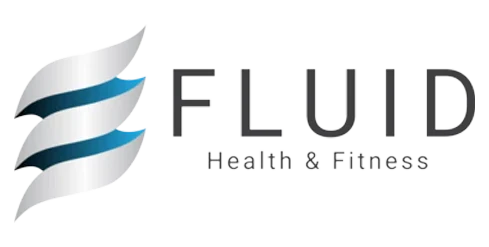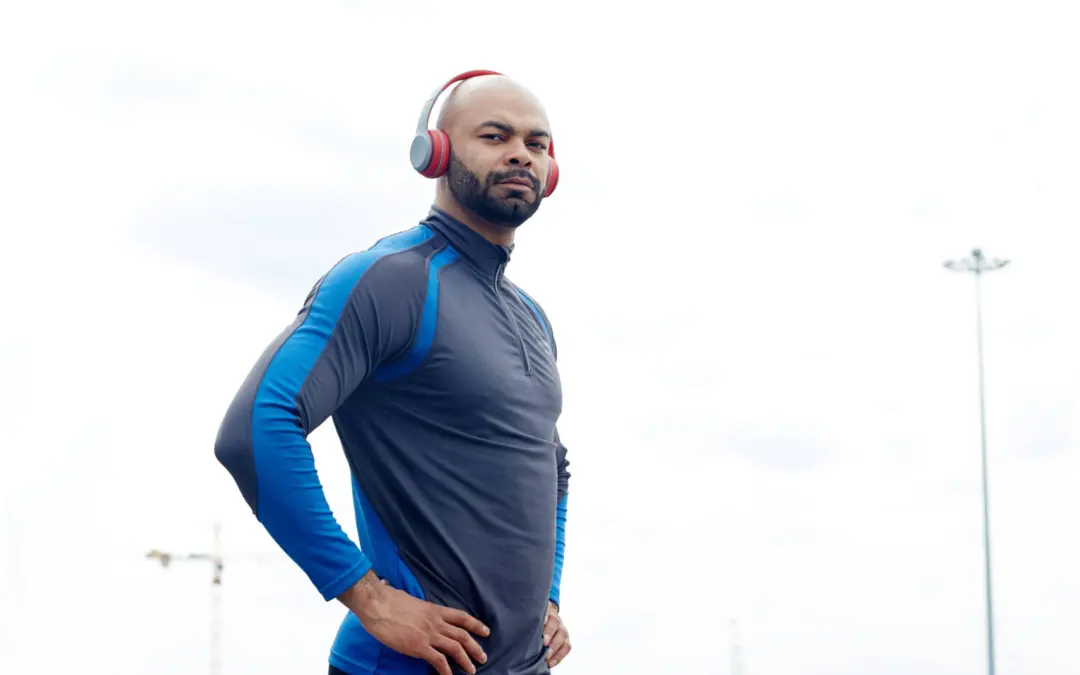
Good posture is the foundation of efficient movement. It’s more than just standing up straight; it’s about aligning your head, shoulders, spine, hips, knees, and feet in a way that minimizes strain and maximizes function.
Ideal Posture:
- Head: Aligned over the shoulders, avoiding forward head posture.
- Shoulders: Relaxed and slightly back.
- Spine: Maintains its natural curves (cervical, thoracic, lumbar).
- Pelvis: Neutral alignment, avoiding excessive tilt.
- Knees and Feet: Aligned with hips, distributing weight evenly.
Posture directly affects locomotion, which is how we move from one place to another. Proximal to distal biomechanics play a significant role here. Movement starts at the core (proximal) and radiates outward to the limbs (distal). If the core is weak or misaligned, it can disrupt walking, running, or any other form of movement.
Global Postural Biases:
- Forward Head: Often caused by prolonged screen use.
- Swayback: Excessive arching in the lower back.
- Hip Shifting: Imbalance caused by favoring one leg over the other.
Key Terms:
- Posture: The alignment of the body’s structures.
- Proximal to distal biomechanics: Movement originating from the core and extending outward.
- Global postural biases: Common alignment issues that affect overall posture.
Real-Life Example: Think of walking with a backpack. If your posture is poor (e.g., rounded shoulders or forward head), it increases strain on your muscles and joints, making movement less efficient.
Practical Applications:
- Strengthen your core with exercises like planks and bird dogs to improve proximal stability.
- Stretch tight muscles, like the hip flexors, to counteract postural biases.
Test Your Comprehension:
- How does posture influence locomotion?
- What is proximal to distal biomechanics?
- Name a common postural bias and its potential cause.
Scientific References:
- Kendall, F.P., et al. (2005). “Muscles: Testing and Function with Posture and Pain.”



